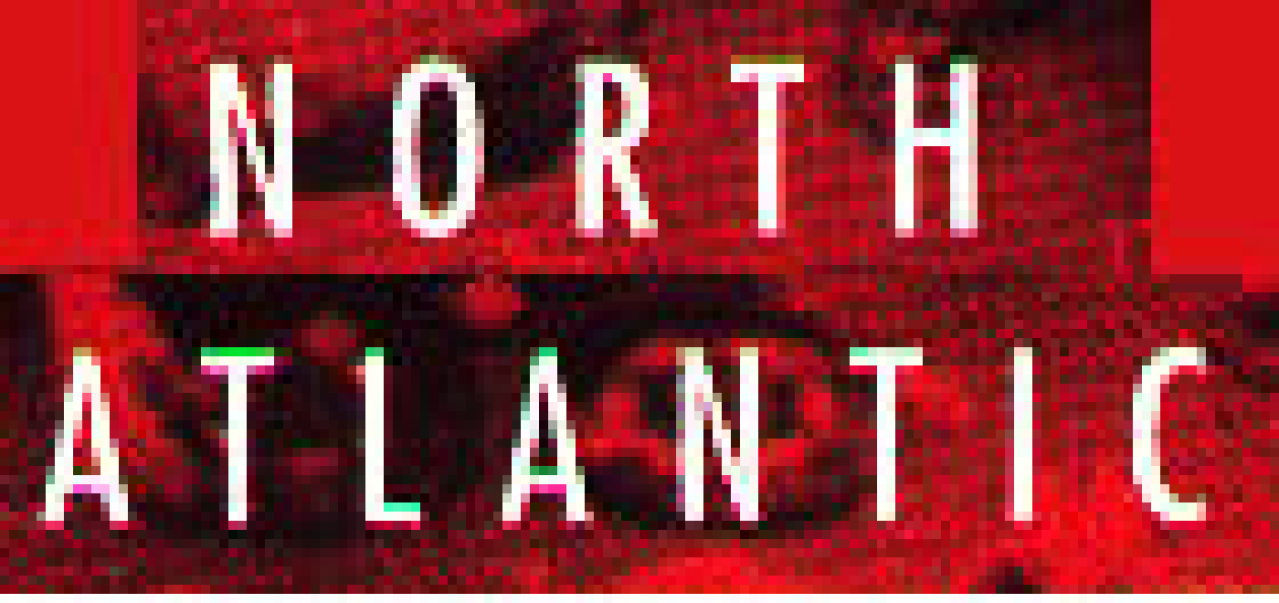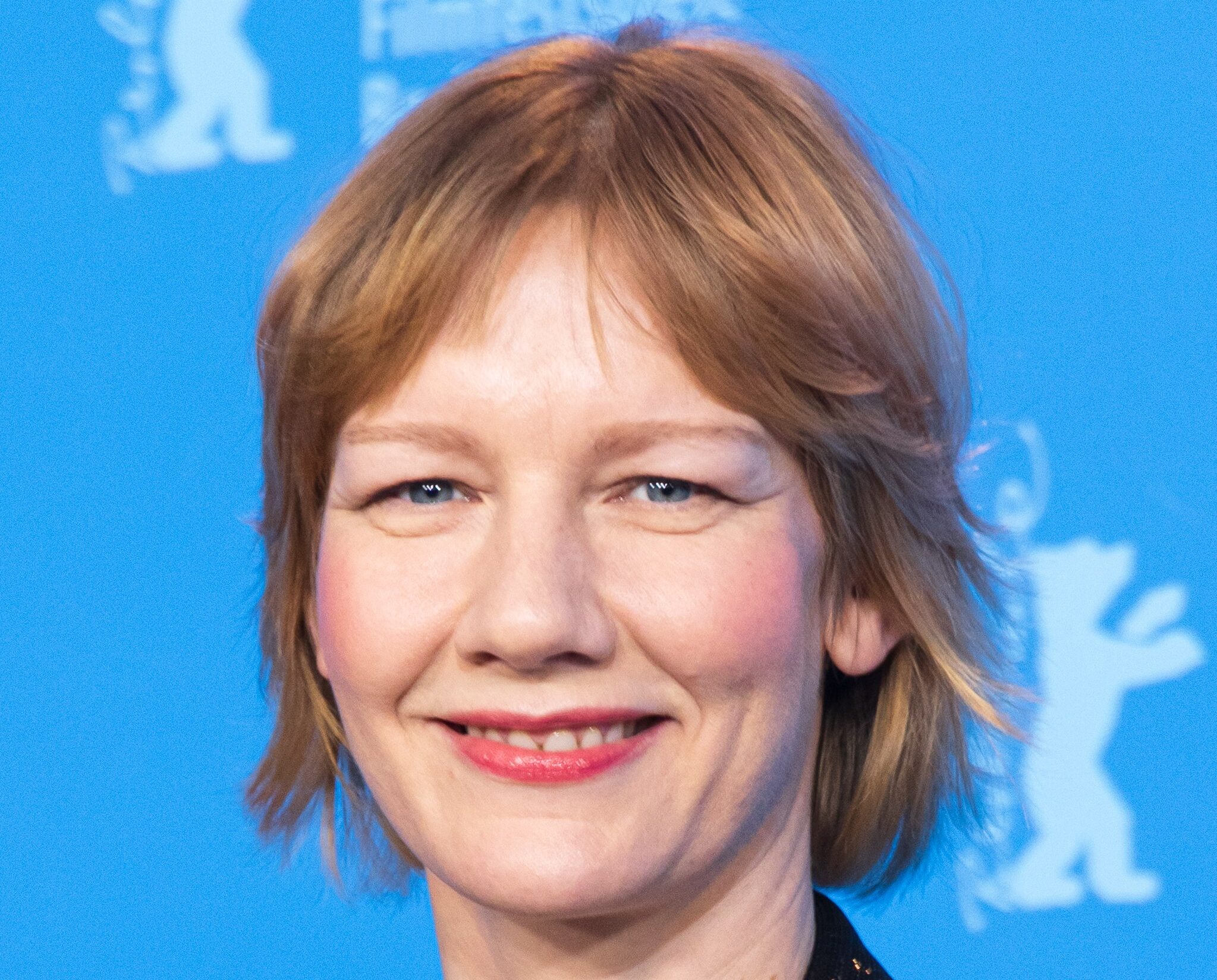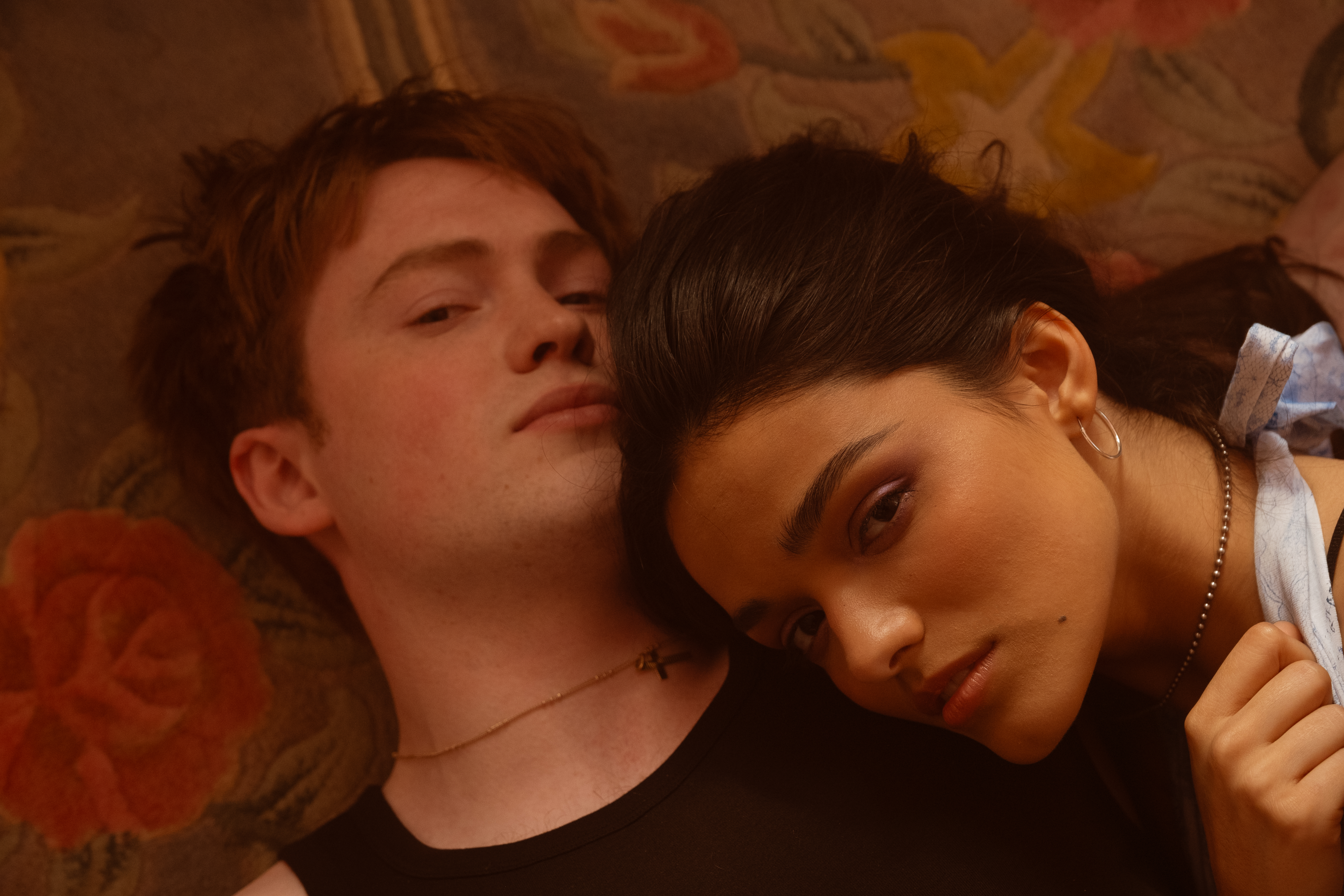Strange-New Familiar Waters

On The Performance Garage’s humongous raised stage, raked at a precarious 45 degrees, military-garbed actors clamber up and slide down with martial precision. Welcome to The Wooster Group’s re-work-in-progress of North Atlantic, originally developed in 1983 in collaboration with a couple of Dutch theatre companies in Holland and previously performed here in 1983 and 1988. Loosely defined, North Atlantic is about the oxymoronic concept of “military intelligence”, and was written during the cold war, when no one knew how it might end. So now that the cold war is over, the Group asks the not-so rhetorical question: Is anything different?
The company, notoriously press-shy, constantly revisits earlier works in keeping with their credo that their pieces are never really finished. To that end, press liason/director of development Richard Kimmel explains that the Group rehearses before every show. (Kimmel, the only Woosterite available for interview, supplied both biographical and archival material for this article.)
The original production of North Atlantic was directed by Wooster Group Artistic Director, choreographer, and all-round force-of-nature Elizabeth LeCompte, and starred Willem Dafoe, Spalding Gray, Peyton Smith, Kate Valk, and the late Ron Vawter. The current production again features the work of LeCompte, and return-designer Jim Clayburgh, who is responsible for the show’s dangerous rake, over, under, and around which original cast members, Dafoe and Valk, cavort nightly. Both appear to be having the time of their lives, with Dafoe playing the motor-mouthed Captain Chizzum to Valk’s sensuous Ensign-Word Processor, Ann Pusey. He has several mile-a-minute monologues full of army intelligence double-speak, while she pimps for the General. The role of Chizzum’s nemesis, Colonel Ludd, rotates among three actors, including Steve Buscemi, who got his acting chops on the downtown scene.
The names LeCompte, Dafoe, and Valk echo across the 20-plus years of the Group’s communal existence. After her graduation from Skidmore in the early ’70s, LeCompte, together with Spalding Gray, came to New York, where they joined Richard Schechner’s famed Performance Group. Dafoe hit town in ’76, by way of Milwaukee’s Theater X, and also gravitated to Schechner & Co. Ultimately LeCompte and Gray split and formed The Wooster Group, producing Rumstick Road, the second part of Gray’s now-famous Rhode Island Trilogy.

The Hairy Ape. Photo: Mary Gearhart
Dafoe joined them the following year, and he and LeCompte have been both a private and professional couple ever since. No matter what other work Dafoe may do, he’s always available for any role in every Wooster Group production.
This isn’t the first time the group has revisited a past production. In 1996 they moved their wildly eccentric version of Eugene O’Neill’s The Hairy Ape to Times Square after a previous production downtown at their Soho Performing Garage. Their Hairy Ape featured Dafoe in the title role, and is the only time any actor’s name has appeared above the title in a Wooster Group production. In 1999 the Group revisited O’Neill’s The Emperor Jones (first performed in 1991), with a trans-gendered, black-faced Valk playing the character made famous by Paul Robeson. Washington State-born Valk, who came to the big city to attend NYU’s Tisch School of the Arts, began working with LeCompte and Dafoe in 1979, and has performed in and/or co-composed every project since then. Valk is also the company dramaturg, and she won an Obie for Sustained Excellence in 1998.
LeCompte has constructed, choreographed, designed, and directed 13 multimedia theater pieces with the Group.

Photo: Mary Gearhart
She’s won a trunk full of awards, including several Obies (Best Production, House/Lights, 1999; 15 Years of Sustained Excellence, 1991); a couple of NEA Grants, and MacArthur Genius grant in 1995. Still staunchly iconoclastic as their 25th anniversary looms, the Group continues to play a pivotal role in bringing technologically sophisticated and evocative uses of sound, film, and video into the realm of contemporary theater. The Emperor Jones is one of the latest Wooster Group pieces to be reconfigured on video, this time by video maker Chris Kondek. At last July’s New York Video Festival, LeCompte, Valk and Kondek discussed the Group’s “continued exploration of mask in American theatrical iconography” before the screening of Kondek’s videographic interpretation of the production.
Except for Richard Foreman’s Ontological-Hysteric Theatre (with whom LeCompte & Co. have collaborated on several projects), no other Off-Broadway company has maintained such eclectic originality, sense of community, or longevity as The Wooster Group. Of their body of work director Peter Sellars said, “The text is as important as the video image, is as important as the sound, and nothing has dominance, although the words are very powerful. They are inventing the only vocabulary that can deal with the material of the last twenty years once we understand its strangeness.”











